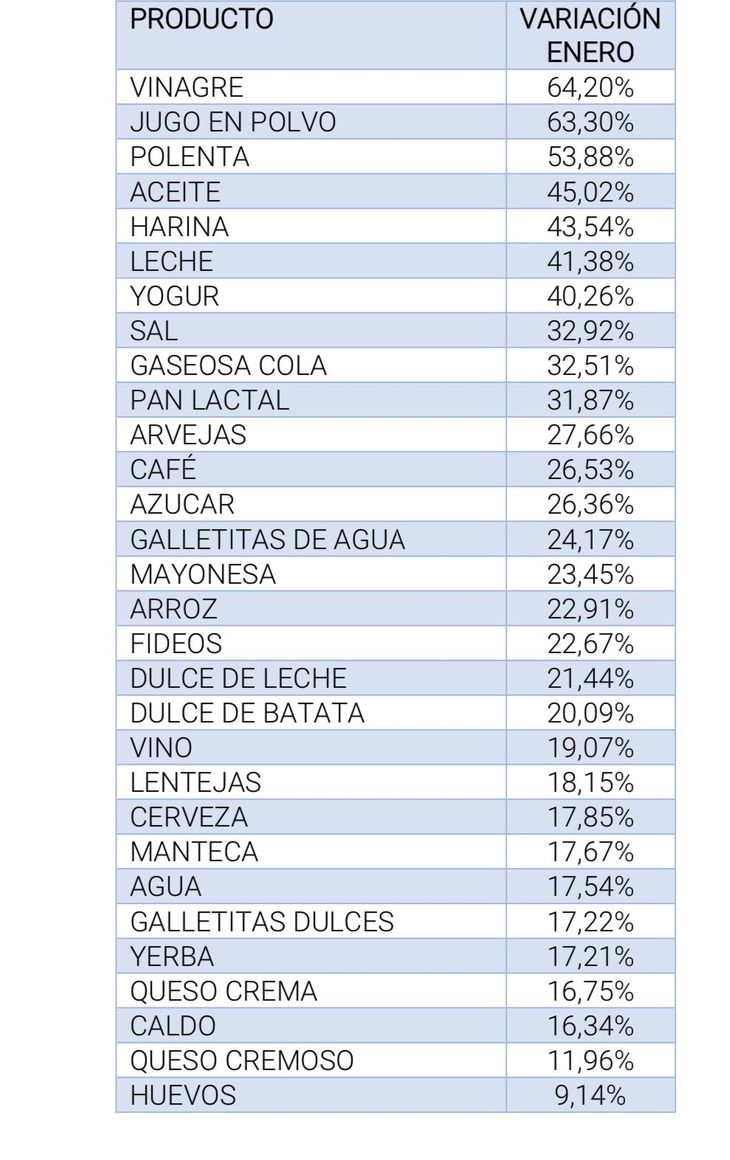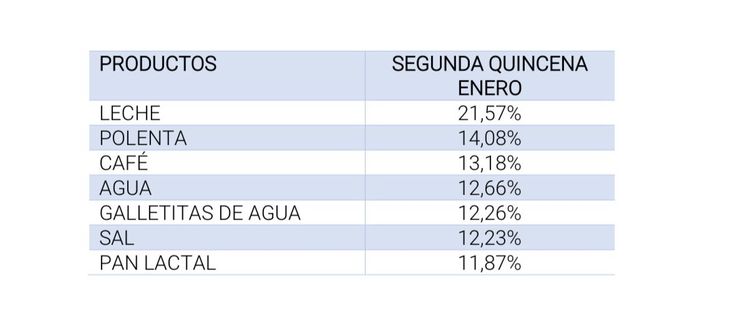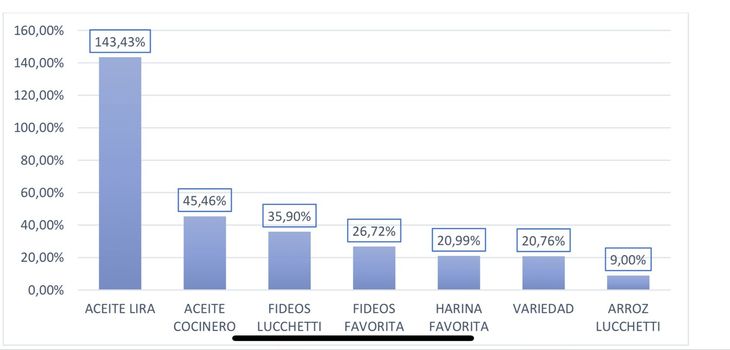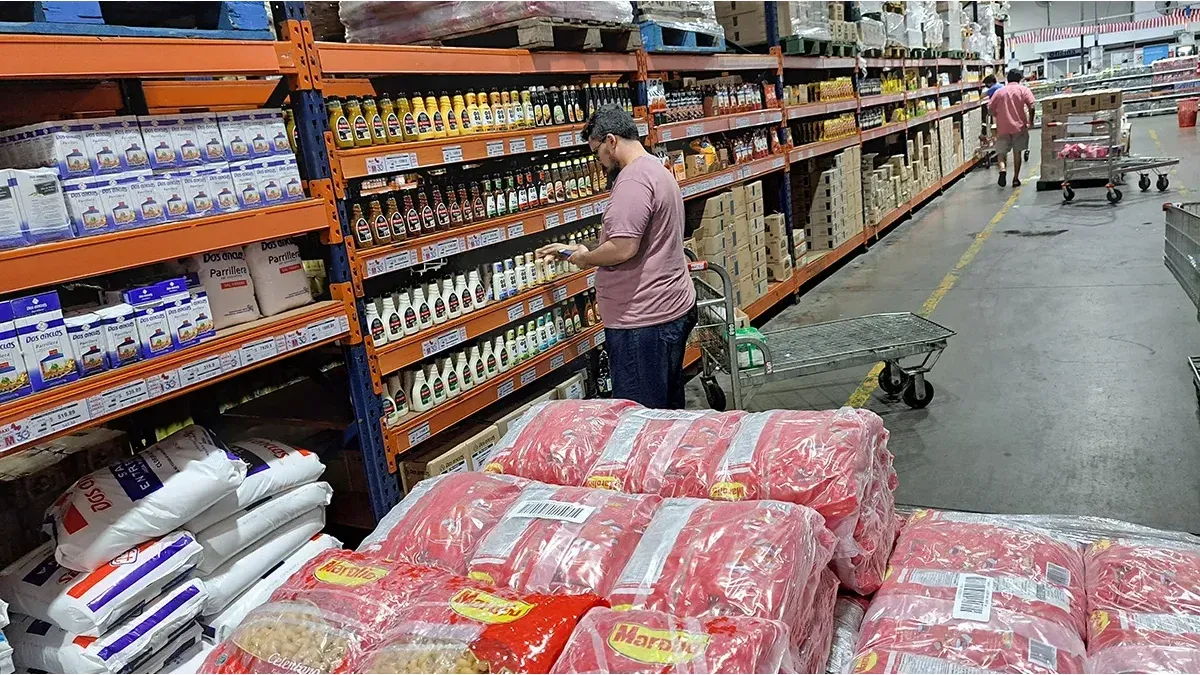A private document highlights that the products with the greatest variations “are manufactured by companies that hold dominance in the country’s food market.”
From a total set of 30 essential items that were monitored during the month of January in local businesses in the Buenos Aires Metropolitan Areait is evident that 19 of them experienced price increases of more than 20%, which maintains that inflation continues its course without deceleration. The basket, previously prepared in October by the Mariano Moreno Center for Studies for Popular Sovereignty (CESOPMM), is monitored monthly to evaluate its evolution.
The content you want to access is exclusive to subscribers.
The products that led the increases are the following:


- Vinegar with an increase of 64.2%
- Powdered juices 63.3%
- Polenta 54%
- Oil 45%
- Flour 43.5%
- Milk 41.4%
WhatsApp Image 2024-02-07 at 10.10.36.jpeg

A no less important fact that the report highlights is that the products with the greatest variations “They are manufactured by companies that hold dominance in the country’s food market.“. As an example, in the case of Molinos Cañuelas, the package of flour increased by 53.8%, rice by 48.3% and oil by 37%. Molinos Río de la Plata also recorded significant increases, such as oil with 94.4%, flour with 20.1% and sweet cookies with 20.7%
In the case of Arcor, peas experienced an increase of 36.7%, powdered juice 32.3% and water crackers 24.3%. General Deheza Oiler It was also positioned among the companies with the highest increases, with a 35.3% increase in the price of its bottle of oil during January.
WhatsApp Image 2024-02-07 at 10.10.37.jpeg

Finally, the products of The Serenissima Also experiencing notable increases were: Yogurt (+58.7%), milk (+21.6%), cream cheese (+19.8%) and butter (+16.3%).
WhatsApp Image 2024-02-07 at 10.10.37 (1).jpeg

On the other hand, LCG points out that the fifth week of January closed with food inflation slowing down.
“The increase was 1% weekly, 2.5 pp below the average of the previous 4 weeks. This is the lowest record since October,” says the consulting firm.
January ends with average increases of 18% in food, almost 10 pp less than in December. Even so, it would impose a floor of 6 pp of inflation on the general index. The percentage of products with increases also moderated: stands at 28%, a level that remains high in historical comparisonbut which is 20 pp lower than the peak recorded in December.
Source: Ambito




